A wonderful piece of writing !
Well detailed & fact-filled write-up.
It’s Mercedes Benz for me till eternity
Keep it coming!
Cheers
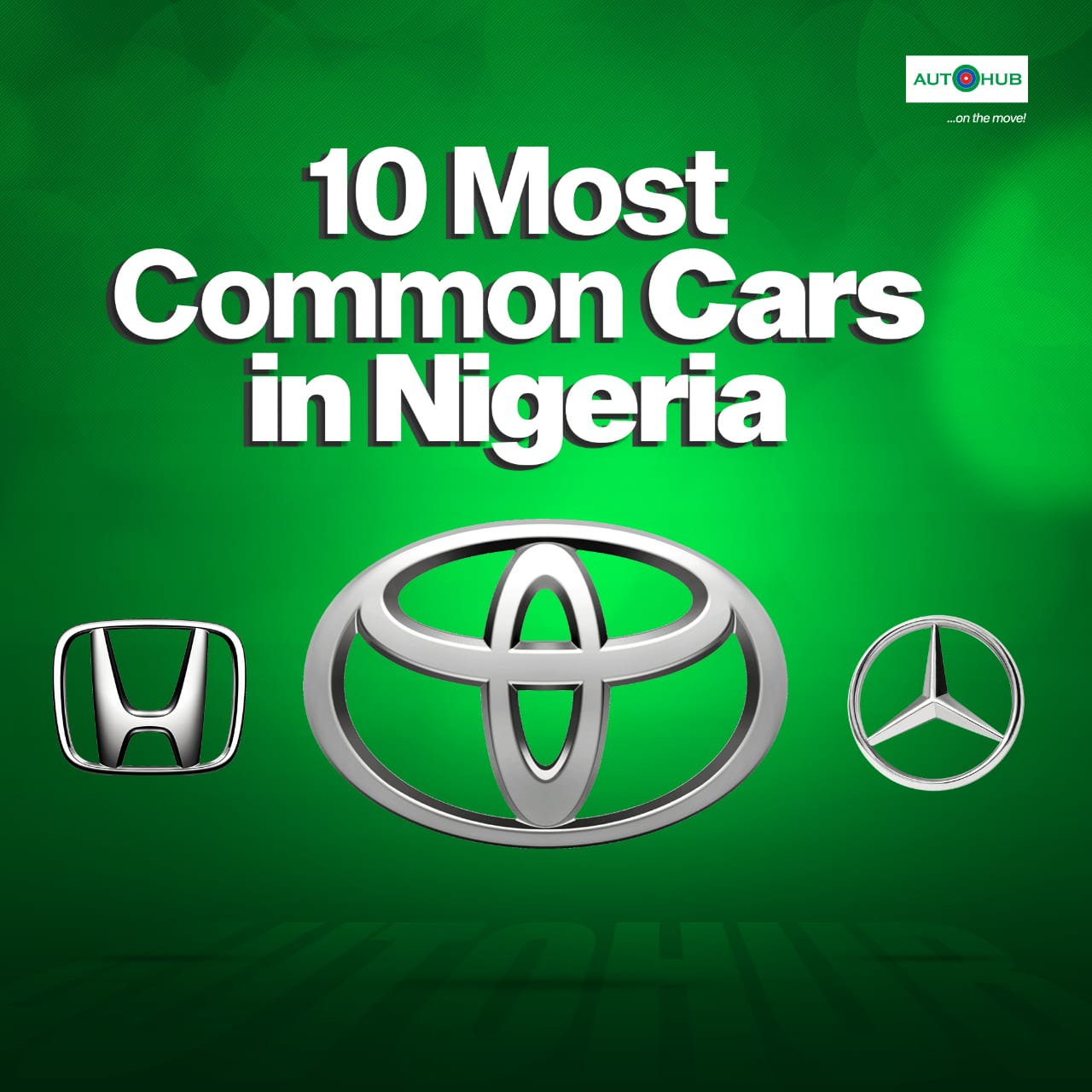
Cars have become an important part of our daily lives all over the world and especially here in Nigeria where alternative means of transportation aren’t as readily available. And without any shred of doubt, we would cease to function optimally as the apex species if it weren’t for these machines aiding our intended tasks.
It is easily noticeable that most of the cars enumerated are from the ubiquitous brand from Japan – Toyota; founded in 1937 by the great Kiichiro Toyoda. An automotive behemoth these days considering the sheer number of cars being produced and sold by them globally. It really is nothing short of astonishing what they’ve managed to achieve in the last 50 odd years.
Please note that this list is by no means an exhaustive one and apart from the first two, the order might not be entirely accurate. Now with that out of the way, let’s dive right in!
N.B: Image credit (where utilised) goes to www.netcarshow.com
1. Toyota Corolla
As mentioned, Toyota enjoys a large market-share all around the world but it’s also interesting how they’ve also got a strong foothold in the second/third hand (used) market as well. A testament to the durability of their cars and how well they hold their value, even well after a decade.
No other car expresses this fact more than the Toyota Corolla. This model (with the Camry) is simply just a cash cow for the company. It is utterly incredible how there’s still massive demand, and not just for the recent models but also those of the yesteryears as well.
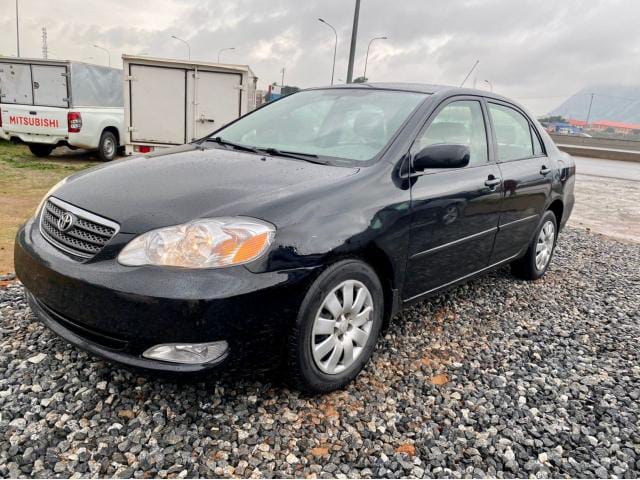
One thing that seriously fuelled all that was the rise of ride-sharing apps which had their drivers mostly trotting around in Corolla models. These cars were flogged on our roads frequently but hardly ever broke down, they just kept on going; kilometre after kilometre yet – only consuming a fraction of the petrol other cars would make use of when travelling or regularly commuting similar distances. Companies also purchased this model en masse as it was the go-to model for fleet set-up due to its numerous selling points and some companies still do, to this very day (factual as at the time of writing this piece). Speaking of selling points, it is widely believed its nigh ultimate fuel efficiency was probably its biggest as a full tank would suffice commuting for a week, with a little left over for the weekend before refilling on a Monday. Also, if these cars were to drive through a flood; they rarely ever had any issues afterwards, coming out unscathed time and time again, season after season. It’s no wonder there’s a plethora of units on our roads across the entire country. Honestly, its ubiquity is reminiscent of the how the Peugeot 504 was back in its heyday.
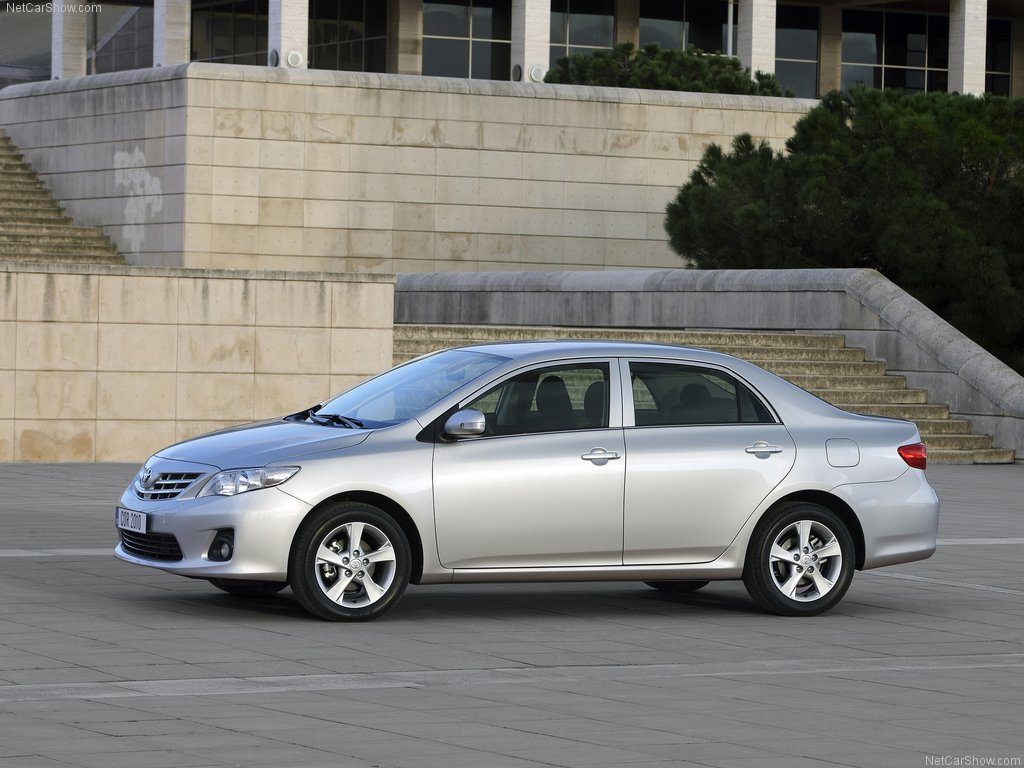
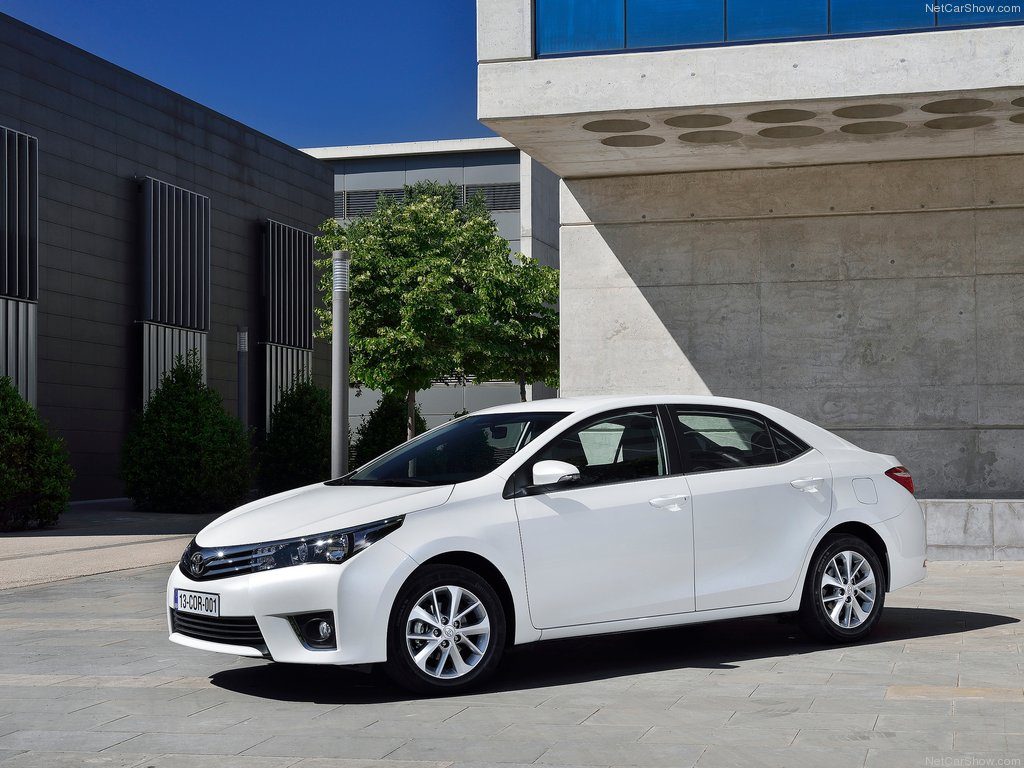
2. Toyota Camry
Another juggernaut when it comes to sales for Toyota. The Camry has often posted good numbers over the years due its reliability and longevity – just like the Corolla (well, most Toyotas have similar engines so no surprises there), and it’s a model that is just as ubiquitous as the Corolla. If you went out right now; in almost every place in Nigeria, there’s a very high probability that for every 20 cars that pass – at least 2 to 5 of them would be a Camry.
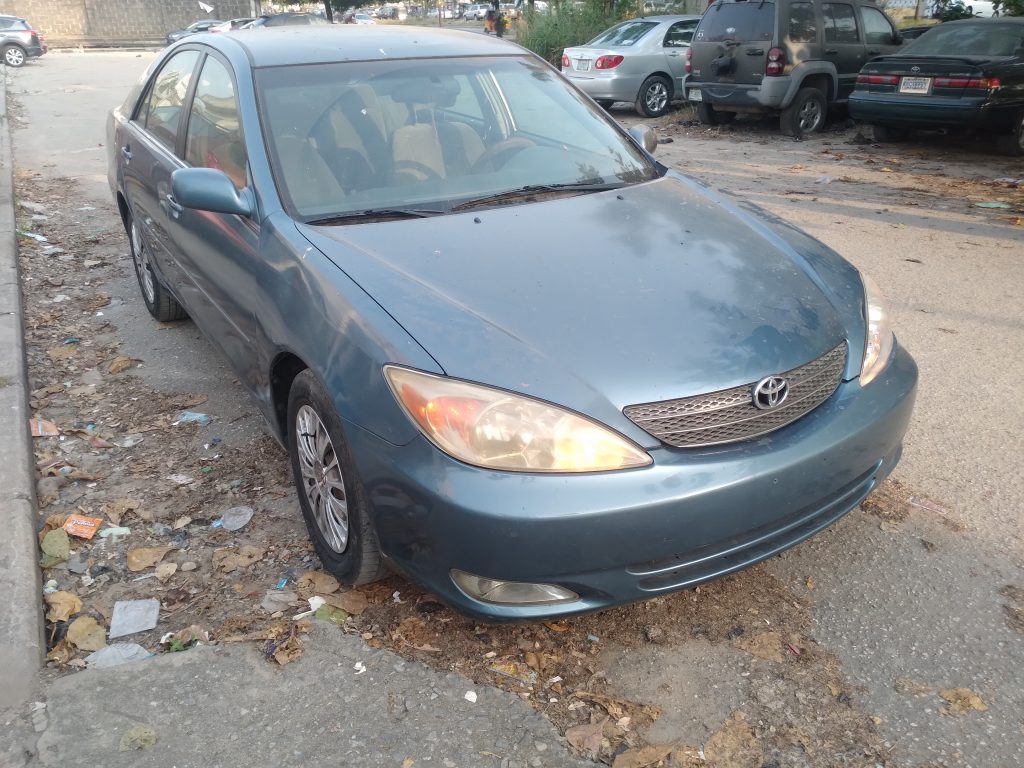
And just like the Corolla, the Camry is another model that’s quite popular within the ride-sharing community. Breakdowns are few as mentioned, maintenance is relatively cheap, fuel consumption (especially on the inline-4-cylinder engines) is fantastic, so what more could you want‽
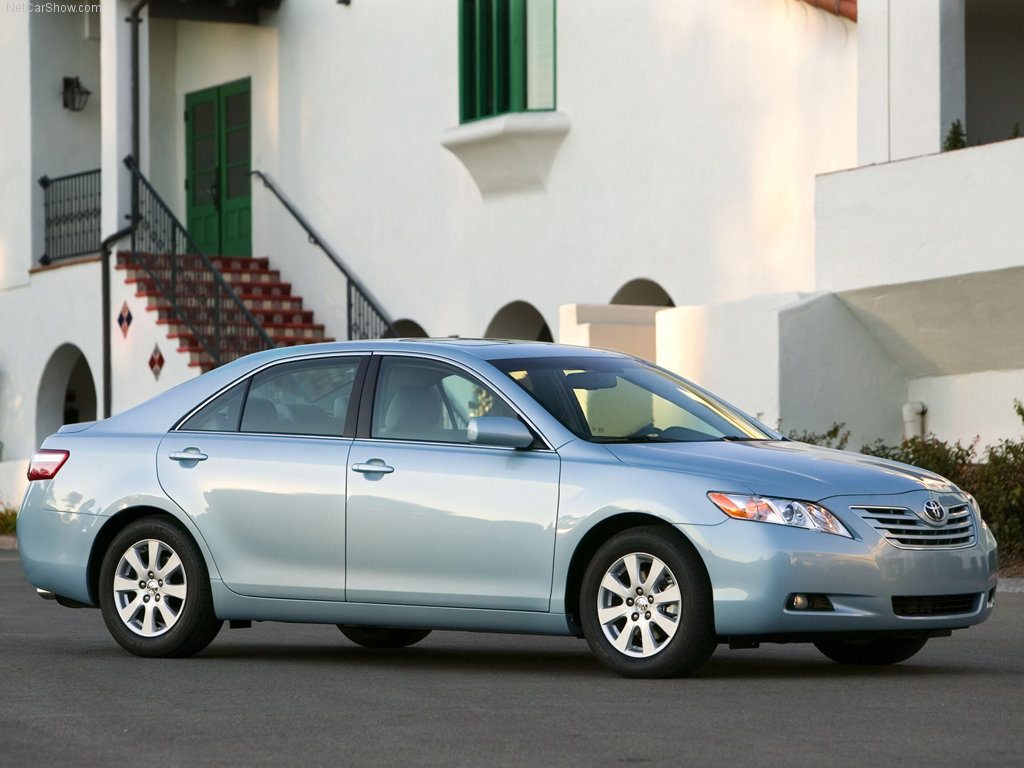

Also, the 6-cylinder models come with almost the same level of reliability but pack a better punch, coming in with more power than the base models and are ideal for long distance journeys. Still on this category, it is worth noting that in the more recent models there’s a noticeable trend – the shift from “commuter” to “luxury”, I mean if you gaze upon some of them, you start to question yourself and doubt your own eyes because how can you tell me that this sexy car with this exquisite interior and slightly high-performance engine is also a Camry‽

3. Toyota Sienna
There’s a small back story here and I’ll digress a little bit, like I keep telling my good friend – inspiration oftentimes comes from the unlikeliest of places. So, a couple of years ago I read a book titled “The Lean Startup” by Eric Ries, it’s about entrepreneurship which I highly recommend by the way regardless of whether you’re towing the line to be an entrepreneur or not; and within its pages was a story about the famous Sienna model – the 2004/2005 to 2009/2010.
During its redesign after the also successful 1997/1998 to 2002/2003 models were going out of production, the manager in charge at the time who was to oversee the entire production phase from concept, to design, to completion, Yuji Yokoya – had very little experience in North America which was the primary target (Soccer Moms) and sort of the major market as at then. He proposed an audacious trip spanning over 53,000 miles (84,800 kilometres – for those of us on the side of the Atlantic *winks) across the 50 US states, the 13 Provinces and Territories of Canada, and every state in Mexico – renting and driving the current model of Sienna across small towns and large cities, also getting first-hand feedback from people as he went by.
He discovered that though the parents and grand-parents may own the minivan (“People-carrier” to us again), it was the kids who stayed in the rear two-thirds and were most appreciative of their environment. Yuji then went on to expend a sizeable chunk of the production budget on a lot of comfort and accessibility features which made long-distance roads trips (as they are usually called) somewhat pleasurable, such trips were more common in America than in his native Japan.
Not only that, upon further research I discovered he made several adjustments with what he learnt whilst traversing across the vast North American landscape such as All-Wheel Drive (AWD) which came standard across several Sienna trims because during a family vacation, you could encounter some mountainous terrain and to get to the summit for sights to behold and the best “Vacay Pictures” – AWD did the job best. He reduced wind resistance after his Sienna was blown into another lane whilst crossing the Mississippi from Tennessee to Arkansas by narrowing the gaps between the panels and adding plastic shields under the wheel wells (the space above the tyres) to redirect air. Thickened the bumpers so that they won’t dent in 5 mph (8 km/hr) crashes, which was double the government standard at the time. Stiffened the undercarriage reducing scraping and added sound-dampening material to the frame underneath and above, drastically bringing down road noises. Parallel parking was an arduous chore, so he ensured a reduction in the turning circle by 3 feet. Improved the navigation system, reshaped the windshield, redesigned the wipers. The glare from the sun was a little too much in some instances, so he added sun protection in the rear – just to mention a few…
And what was the outcome of all these improvements you might ask – well, the results were impressive. Sienna’s market share boosted dramatically! The 2004 model sales were a whopping 60% higher than the previous model. Further consolidating Toyota’s claim as the quintessential minivan manufacturer in North America. Us Nigerians also benefitted from all that research as the Sienna’s appeal heightened greatly which is why it is easily the go-to shuttle for transporters offering inter-state journey services and it’s usually more pleasurable than not – as you’re hardly ever enfeebled after undergoing a trip. Honestly, the Sienna was always revered especially when you watch how they load them up with humans, luggage, and other items alike – then going up and down the country successfully with barely any hitch despite encountering challenging roads, but learning about how Yuji Yokoya painstakingly travelled across North America, and the implementation of new and improved features only deepened my respect for the Sienna; I haven’t looked at that particular model the same again ever since.
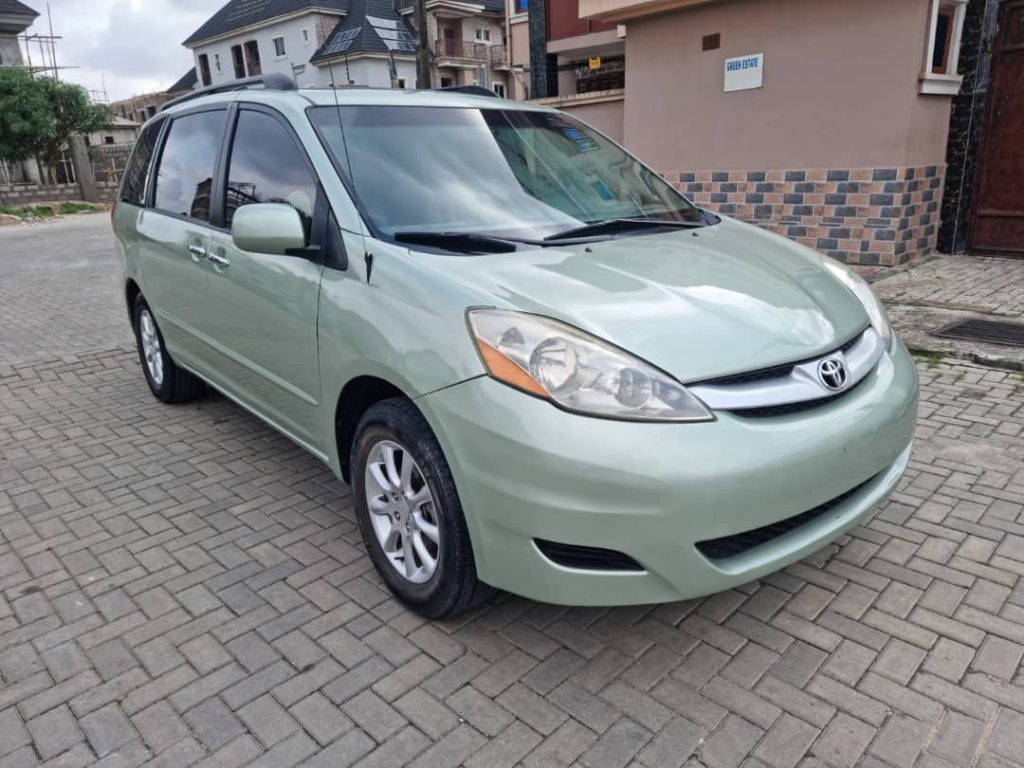
4. Honda Accord
It’s no news that the Honda Accord makes it atop this list as this model has been popular since the 80’s especially in the northern part of Nigeria. Albeit it gained notoriety for having recurring front axle shaft problems especially in its 2003 to 2008 models, the appeal hasn’t been dampened regardless – as these models offer far too much to be bothered about that. And said problem was properly tackled in the next iterations after; that is from the 2009 model upwards.
Speaking of what it offers, the Accord is well known for having a reliable engine, decent cooling, spacious cabin, relatively cheap maintenance, respectable fuel economy, and the handling is quite nimble – with its power steering system which comes standard, even on older models like on the 1992 version.
This wouldn’t be a “proper Honda Accord article” if there isn’t any mention of the nicknames being given to the different models over the years:
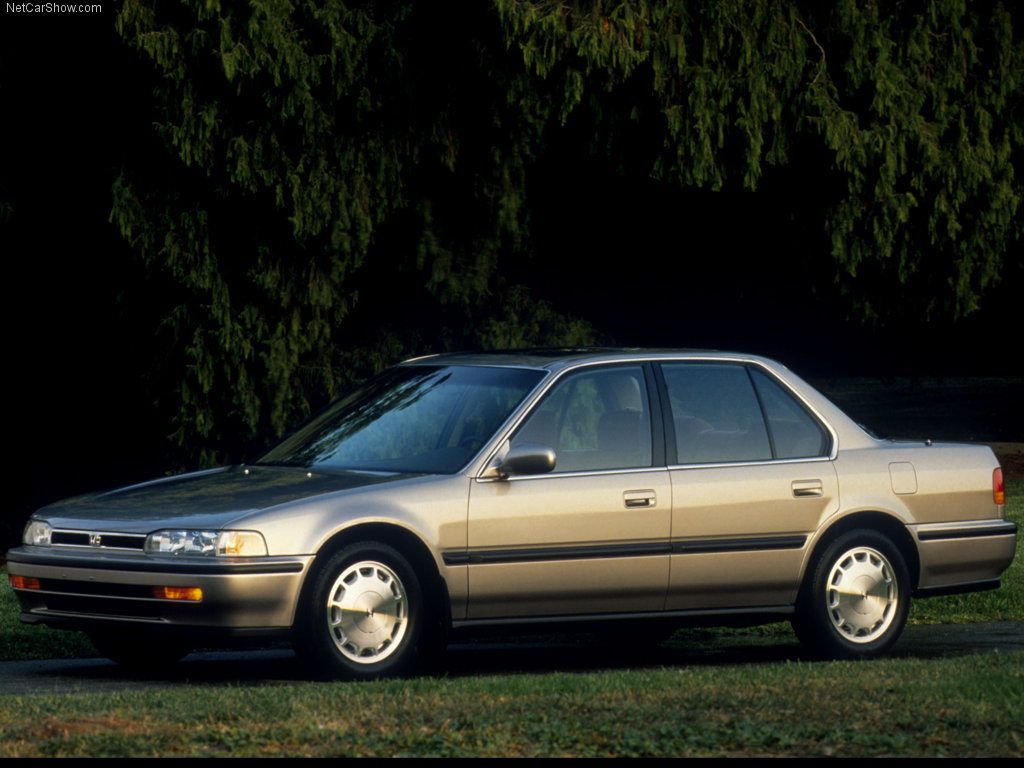



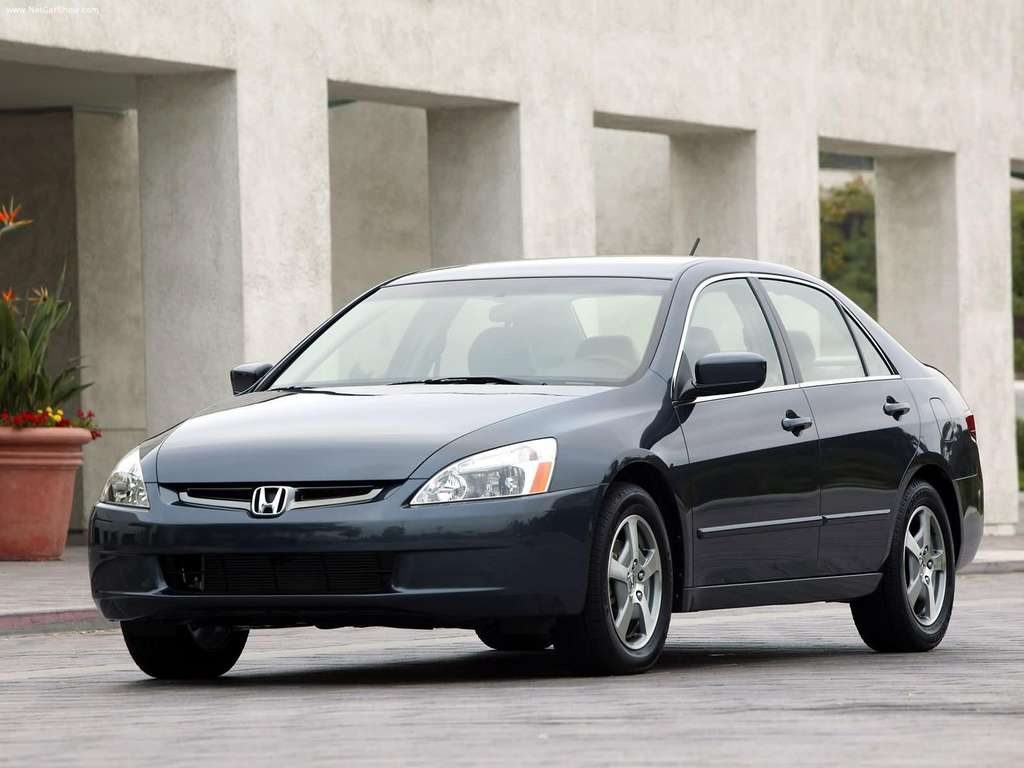
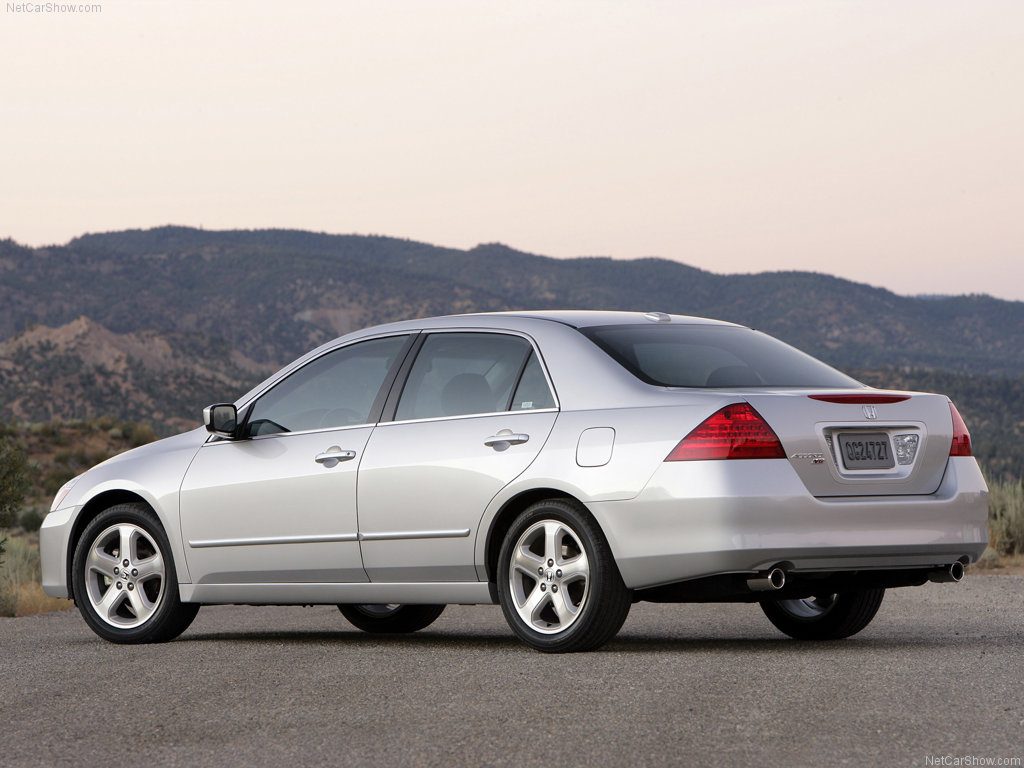

And just like the Camry, there’s also a serious push for luxury here as well – judging by the recent Accord models.
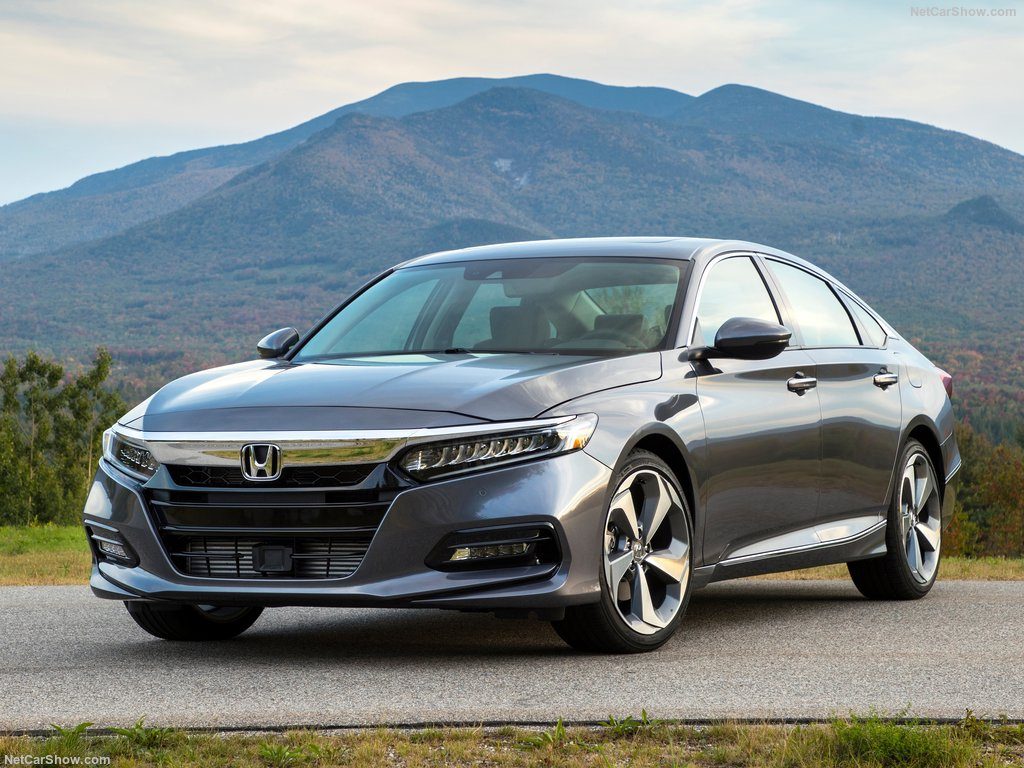
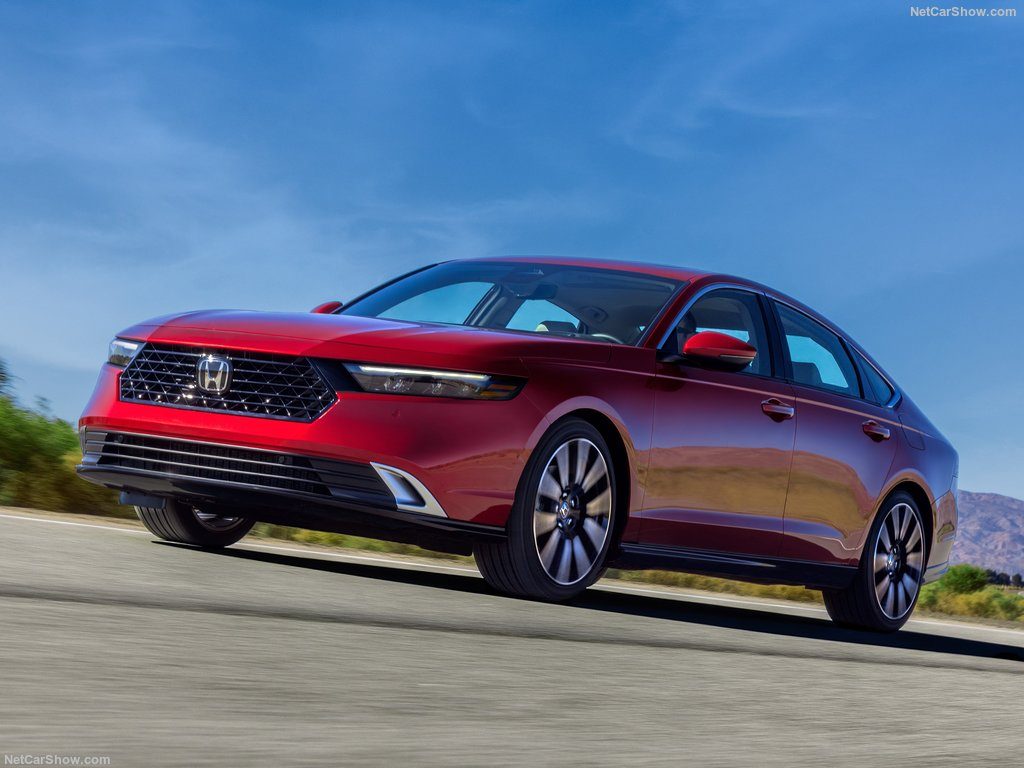
These are the last two generations, and the coterminous theme is clearly evident. The average person wouldn’t even realise the Accord is supposed to be a commuter model but as the saying goes “The only constant in life is change.”, perhaps we should expect bigger changes in future as long this trajectory is maintained.
5. Lexus RX 350
The appeal for this vehicle grew proportionally, as with a few other SUVs (or “Jeeps” as they are colloquially expressed) that are now in demand – out of the need for high ground clearance firstly, then engine reliability secondly, and thirdly – decent fuel consumption. The RX 350 just so happens to tick all those boxes and more seeing is how Lexus is the luxurious version of Toyota, so you get all the reliability associated with Toyota but this time around – some (yes some, it’s not biased – German is German, full stop) of the luxury and refinement usually associated with European brands; especially those originating from Germany.
You can almost liken Toyota Corporation’s cornering of the entry-level luxury market through Lexus to that of FaceBook, now Meta – in the social media space. These cars offered almost everything their European counterparts offered but came in at a lesser price, and if there was any category of vehicles that started gaining market share – you can always trust Toyota to aggressively throw in a couple of models whether under its main “Toyota” flagship brand, or via others such as Lexus or its other lesser-known subsidiaries.
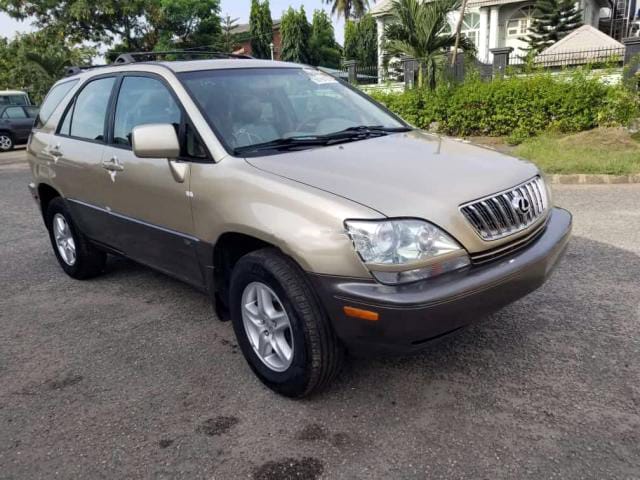
Now let’s touch on the need for high ground clearance for a bit. For some time now we’ve been battling bad roads or having to wade through risen levels of murky water after it rains across the country. This is when and where most SUVs shine as opposed to smaller vehicles. There’s just that soothing feeling knowing you have extra layers of insurance when you’re driving one and it rains because more often than not – you’ll most likely conquer and come out the other side victoriously… You might have noticed that this paragraph isn’t restricted to just the RX 350 or the RX 330/300 – its predecessor alone, but is more of an ode to SUVs in general, especially on our “special” roads.

Another factor that raised its appeal greatly is how well it holds its value. You’ll always revel in the fact that if you purchase an RX 350; even when it’s an older model, you’ll ultimately sell for a good amount down the line, more so when you’ve maintained it well.
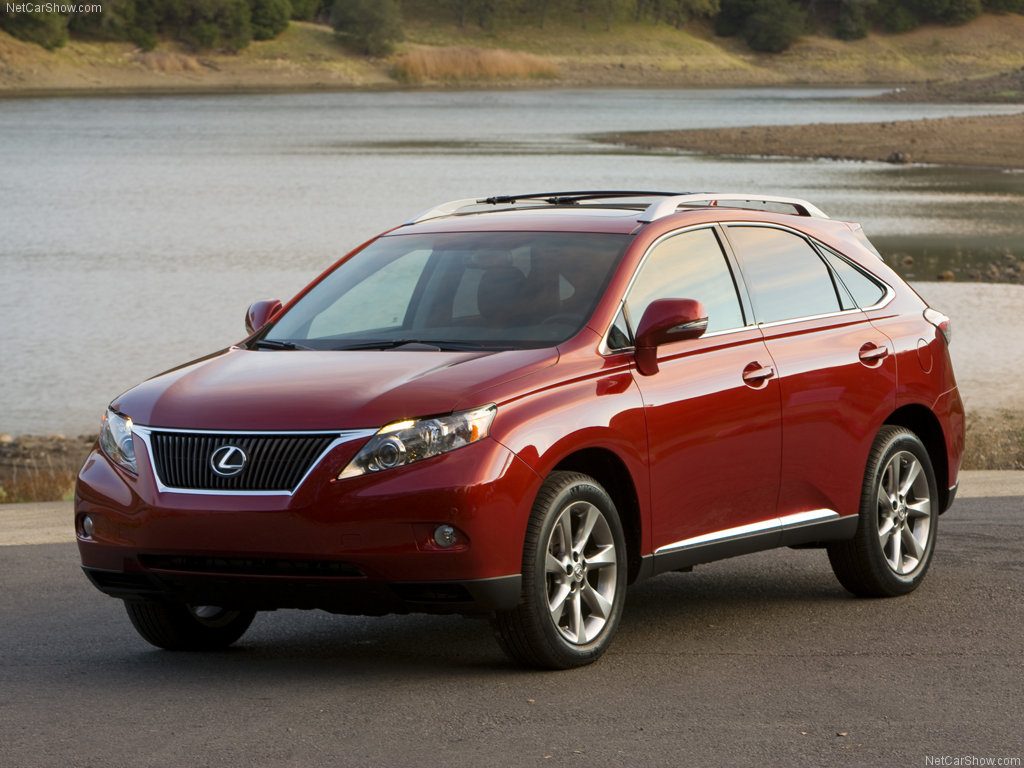
6. Toyota RAV4
This entry has always had a special place in the hearts of many Nigerians. Touted as a fun-to-drive offroad vehicle during its unveiling in 1994, it became an instant hit and the numbers have remained decent over the years as with all products Toyota; they have a Midas touch there, undoubtedly!
Handling was nimble and always felt car-like, along with its compact size – made it quite popular here especially amongst women. Then you factor in the reliability that comes with the Toyota badge and you’ve got yourself a mini monster. Even the older models are still on our roadways, and are more than capable when it comes to doing long distance journeys.
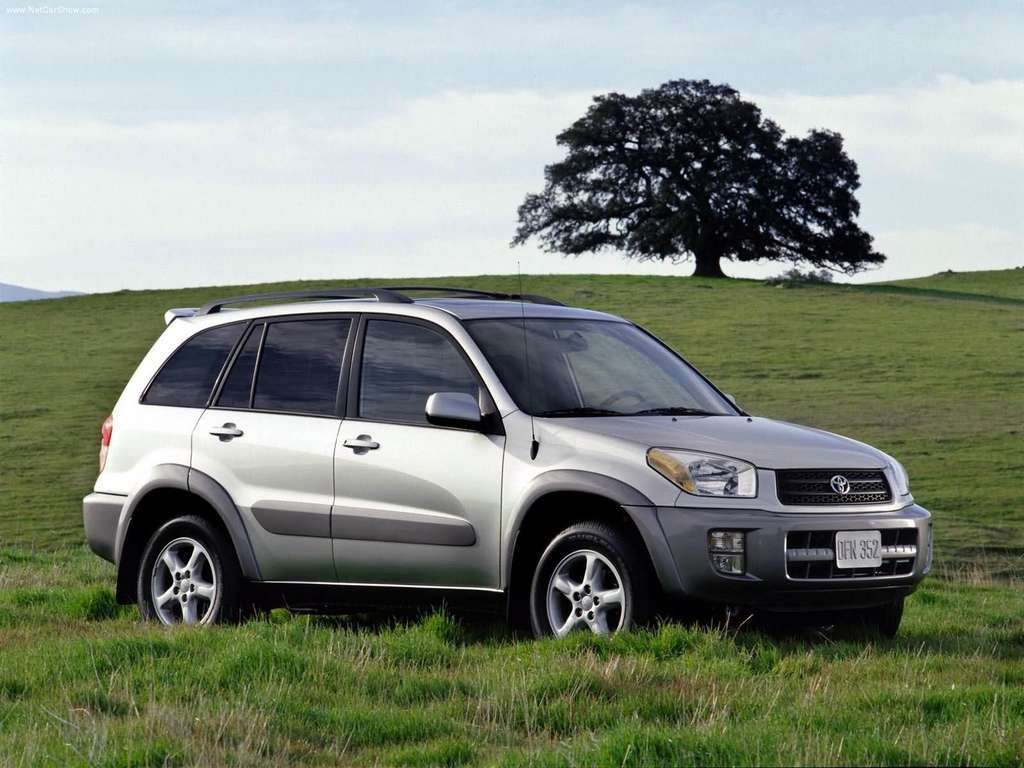
The RAV4 which stands for “Recreational Active Vehicle with 4-wheel drive” – single-handedly paved the way for compact and sub-compact SUV category which is widely accessible today but believe me, this wasn’t the case in the 90s. We’ve come a long way in how our demands when it comes to vehicles have altered over the last two decades, and I’m eagerly looking forward to what’ll happen in the next two with all the innumerable automobile changes taking place currently, and those yet to come.

7. Mercedes C-Class/E-Class
The double-barrel that is both models figuratively shot at Nigerians from the get-go! The way I see it; it is reasonably a continuity of the love story between us and the 80s/90s models which were, the 230 E regularly referred to as flat boot, and the subsequent generation 300 E widely referred to as V-boot. You could also lump in the 190 E there as well – affectionately called baby Benz due to its compact nature, a gross deviation from the other models that Mercedes churned out almost effortlessly at the time. Today on our road-ways – we do not have those Benzes anymore, but their prestige and great spirits continue to live on… I am grateful for my time because of the ability to witness the transition and or birth of certain technologies which is why you have to give massive respect to Mercedes Benz who have always been the pioneer – leading the way.
There’s a long list of those achievements and the implementation of said innovation which can still be found in today’s models on our road ways and this easily makes them go-to brand when it comes to luxury and comfort – with the more popular models being the C-class C 300/350 between 2008 and 2012 specifically, and then the E-class E 350 within the same time period. Coincidentally, both models happen to be the third-generation (yes, the third time is a charm *winks) and have been proven to be reliable; plus the ability to brave our unfriendly terrain which is why there’s a growing patronage towards the more ‘’beefed-up” ML-class SUVs (the ML 350 is mentioned towards the latter part of this article), and this is profoundly understandable because who wouldn’t want the high performance of a sports car fused remarkably with the extra insurance of a pick-up truck’s reliability, not to mention the comfort and luxury that these vehicles come pumped with!
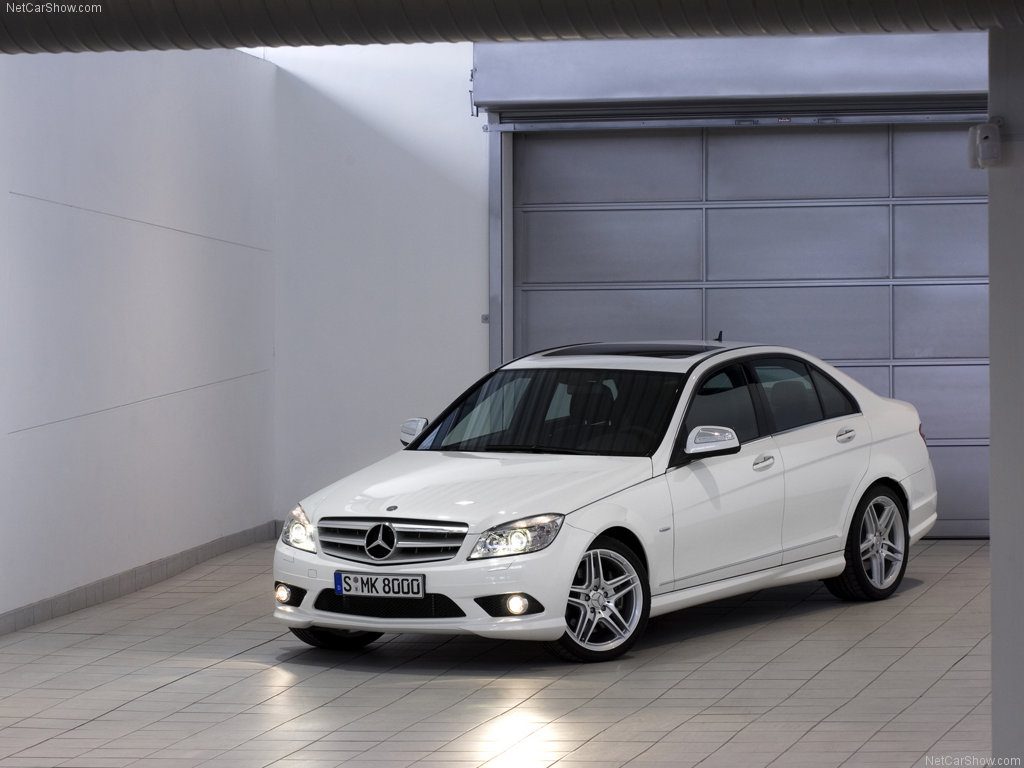
All in all, even the Benz non-admirers have a deep respect for the allure of the three-pointed-star. Hopefully, they’ll still find a way to distinguish themselves amongst other manufacturers in the incoming era of electric vehicles nonetheless.
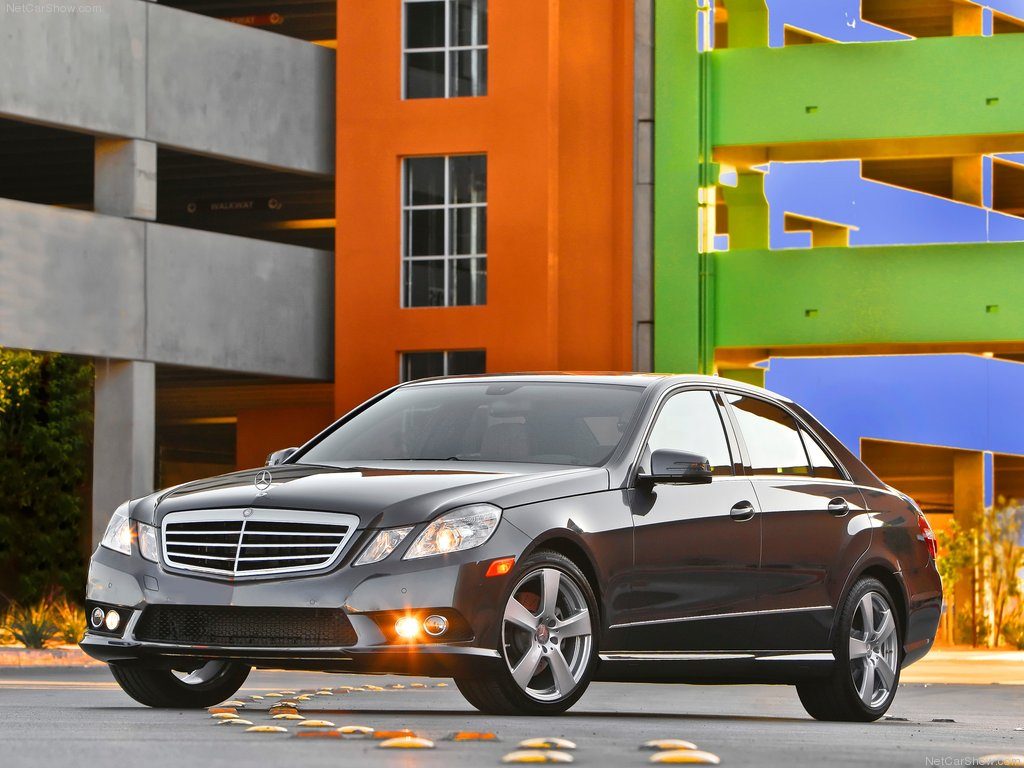
8. Toyota Highlander
Already mentioned that this list was not necessarily in any particular order because a lot of folks reading might have some grouse as to why the famously first-rate Highlander is coming in at number 8. Abeg no vex O! (both hands in the air).
Taking inspiration from the market and its other SUV models, Toyota went all in – making the Highlander one of the few vehicles with exceptional first-generation entry models. Oh, they’re very well made. From aesthetics to functionality, everything’s just so well put. And for the umpteenth time the word reliability has come up again! The Highlander is undoubtedly one of the most reliable vehicles ever manufactured and this isn’t just from a Toyota-badged-vehicle point of view.
Also, the few models that came with 3-row seating added even more practicality to an already outstanding set-up which meant you didn’t have to go the route of “full-size SUV” to get what the Highlander a mid-size SUV offered. There were also hybrid models on offer from the very first generation. And having sang tediously all through this article about the numerous advantages of high-ground-clearance vehicles such as SUVs and pick-up trucks especially on our challenging roads, I don’t think there’s any need to reiterate and harp on it once more, here.
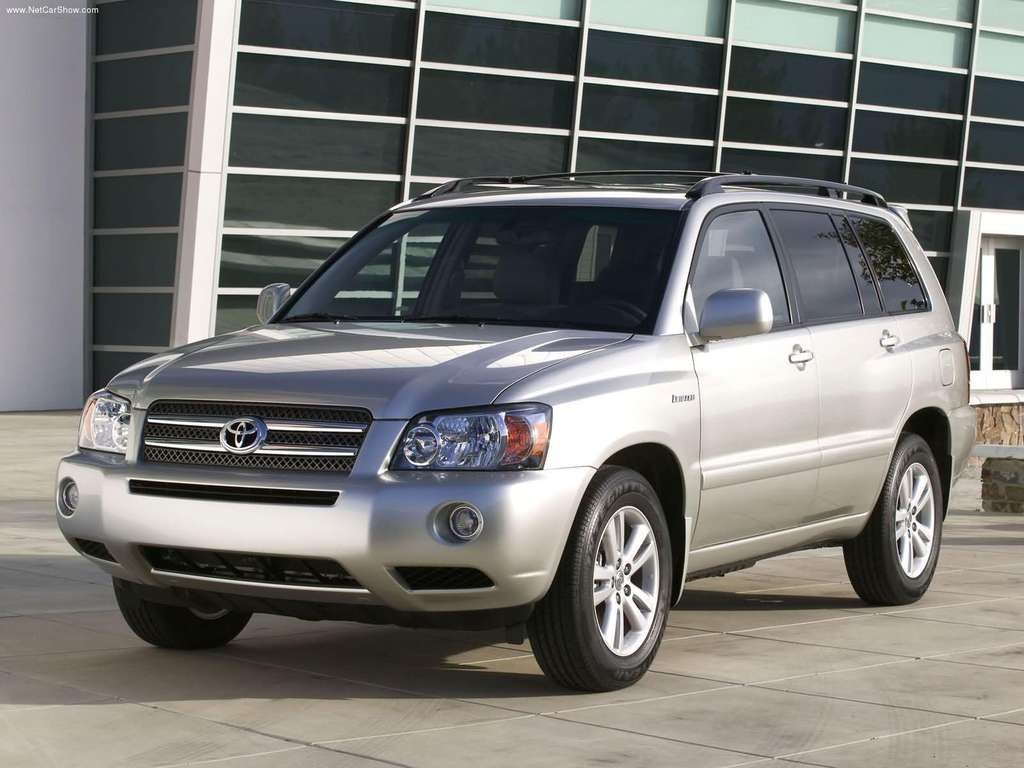
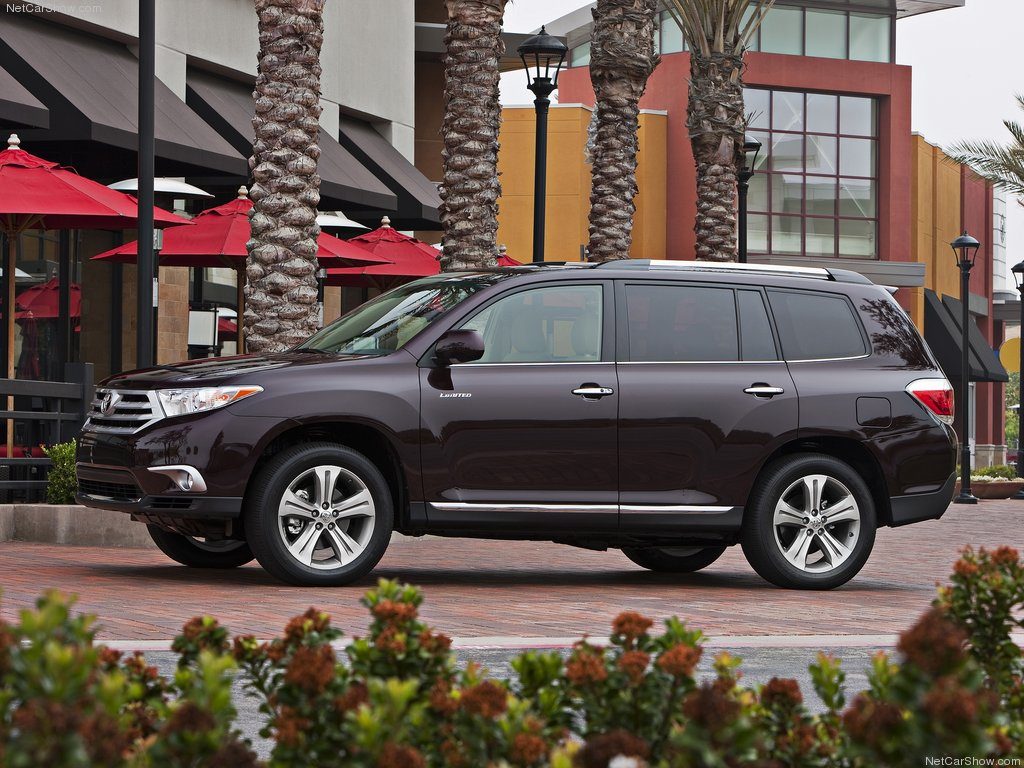
Maybe it’s the difficult economy lately that has been forcing our hands to choose older models or maybe it’s just nostalgia, but whatever it is; the first- and second-generation Highlander models will forever reign supreme in our hearts and minds.
9. Toyota Venza/Matrix
Yet another Toyota entry! Just like I’ve been hammering on throughout this article – they have completely dominated the market, especially in the foreign and Nigerian used segments. These two are clumped together but not necessarily like the C- and the E- Class. However, they are indeed popular, and I didn’t want to place them individually.
Again, we’re back to this word – reliability. Toyota undoubtedly is the leader here, plus; it may interest you to know that we are sort of back to number 1 and 2 on this list considering the Matrix is a whittled-down Corolla, and the Venza – a beefed-up Camry, which is quite humorously ironical, as further down the list we’re back to basically the same set of cars! Well, you can’t really blame Toyota; why change a winning formular? “If it ain’t broke, don’t fix it.” – like our American friends would say.
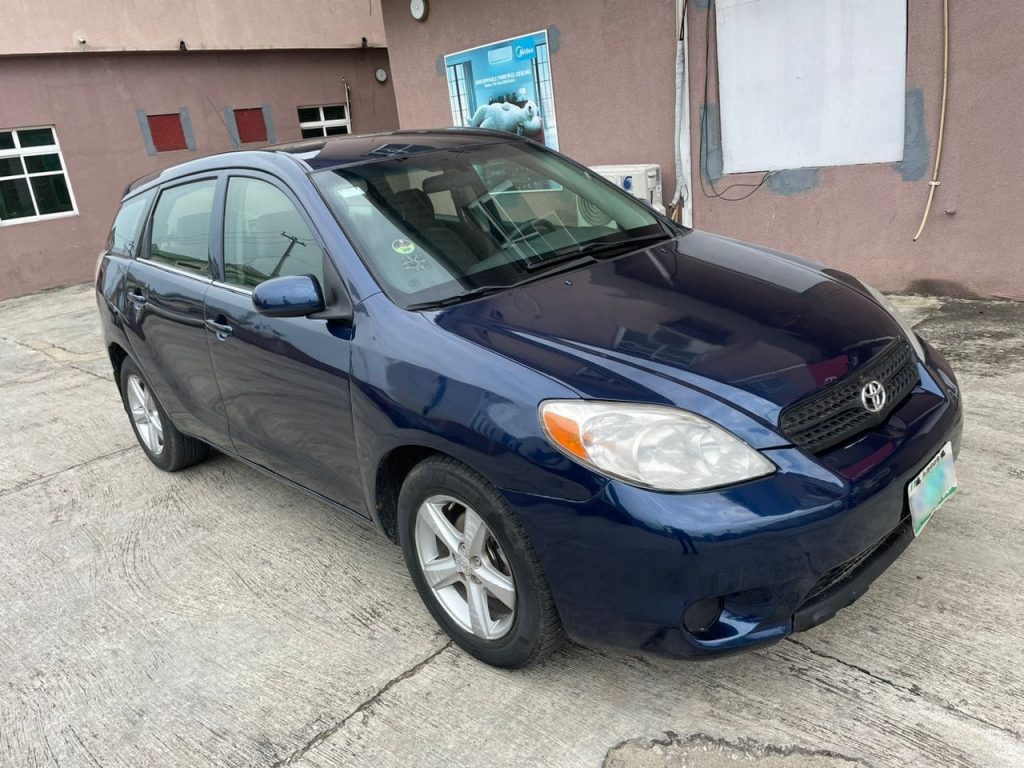
Both vehicles spot similar engines as the aforementioned but the “body type” is where the difference lies. As you know, a Venza sits higher than a Camry and ideally can fit in more stuff as well. However, in the case of a Corolla – albeit having its own branded “Corolla” hatchback, the Matrix is still technically a Corolla. Afterall, during its inception, Toyota marketed it as the all new “Toyota Corolla Matrix”. Also, technically one feature also separates the first two versions from the last two and that’s – AWD (All Wheel Drive). Both the Venza and the Matrix had AWD offered on some variants whilst the Camry and Corolla didn’t.
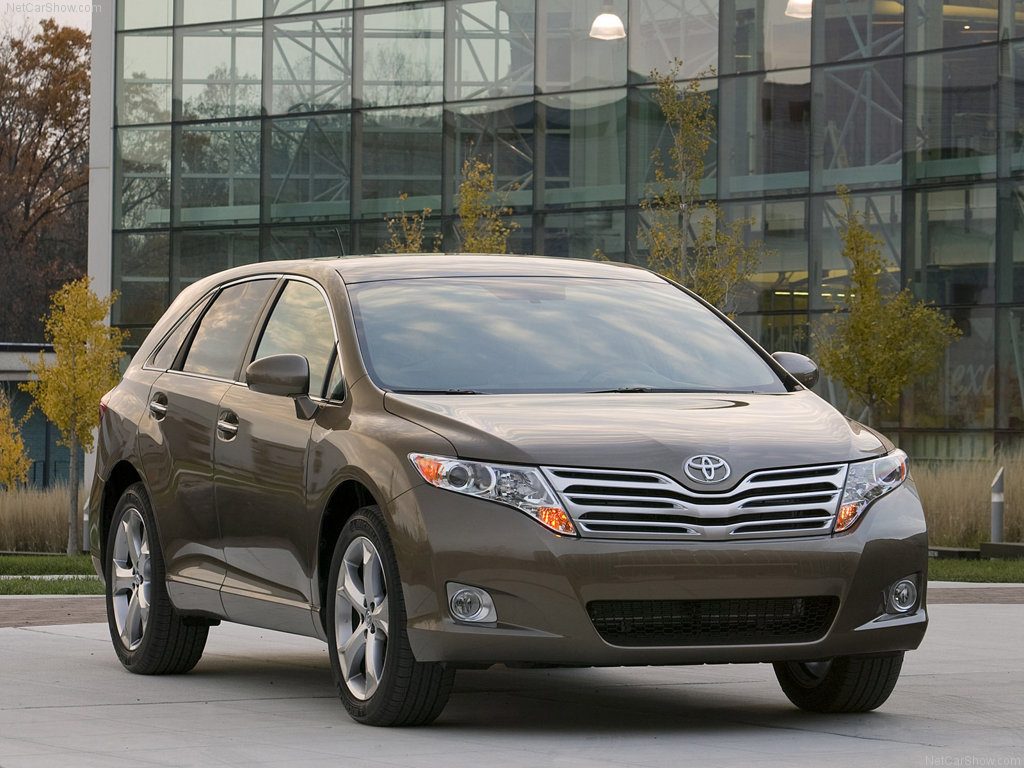
To reiterate, both models offer the same level of reliability and efficiency as the top Toyota brands. They also promise fantastically exceptional resale value as well maintained Nigerian used versions could probably fetch you just about the same amount (or more in some cases) with which you got it for when you factor in inflation – 3, 4, or 5 years down the line even. You almost don’t miss with Toyota!
10. Mercedes ML Class
The ML 350 has already been spoken about; basically being a sports car that sits higher but then again – the same could be said for most SUVs as that is its major appeal as stated previously. However, carrying a Mercedes Benz badge means that there’s certainly the presence of a higher level of comfort, performance and refinement unlike many others.
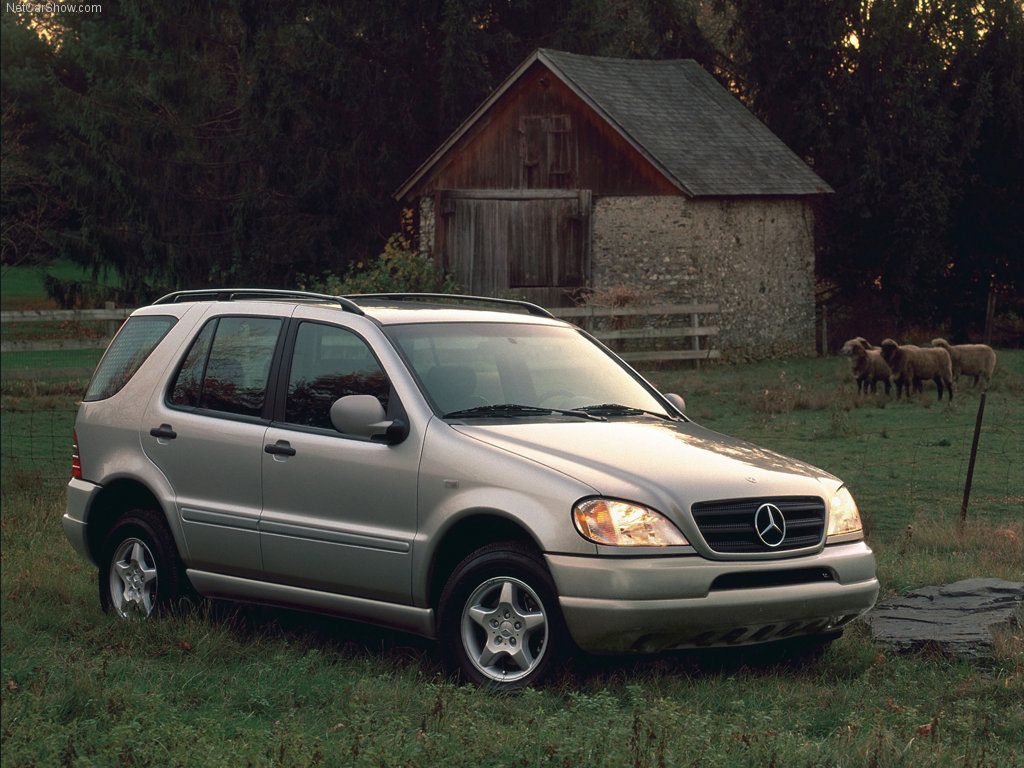
What’s interesting is despite the fact that the ML 350 comes nicely spec’d up, Mercedes unrelentingly went ahead to manufacture a couple more powerful variants – the ML 500/550 and the ML 63 AMG, all heavy-hitting V8s! The more common ML 350s in Nigeria are second and third generation models and you can easily sight them on our roadways as they are just about the most popular SUV originating from Germany albeit in high-brow areas around Lagos and Abuja, you’re more likely to spot G-Wagon.

Bonus Entries
There are of course a few cars that didn’t make the list but these four namely; Lexus ES Class, Mercedes Benz GLK Class, Toyota Hiace and Hilux, all deserve a special mention due to their commonality.
Lexus ES 350
The Lexus ES model, be it the ES 330 or 350 variants over the years are Camry adjacent. It’s actually clever marketing from Toyota (who owns Lexus as we already established in the earlier section about the Lexus RX 350); bridging the gap between, and tapping into the potent market that is buyers who want a bit of luxury, yet – the reliability of Toyota. And there are several awards won by the fifth generation (2009 -2012) after it debuted in North America to prove that brilliant move.
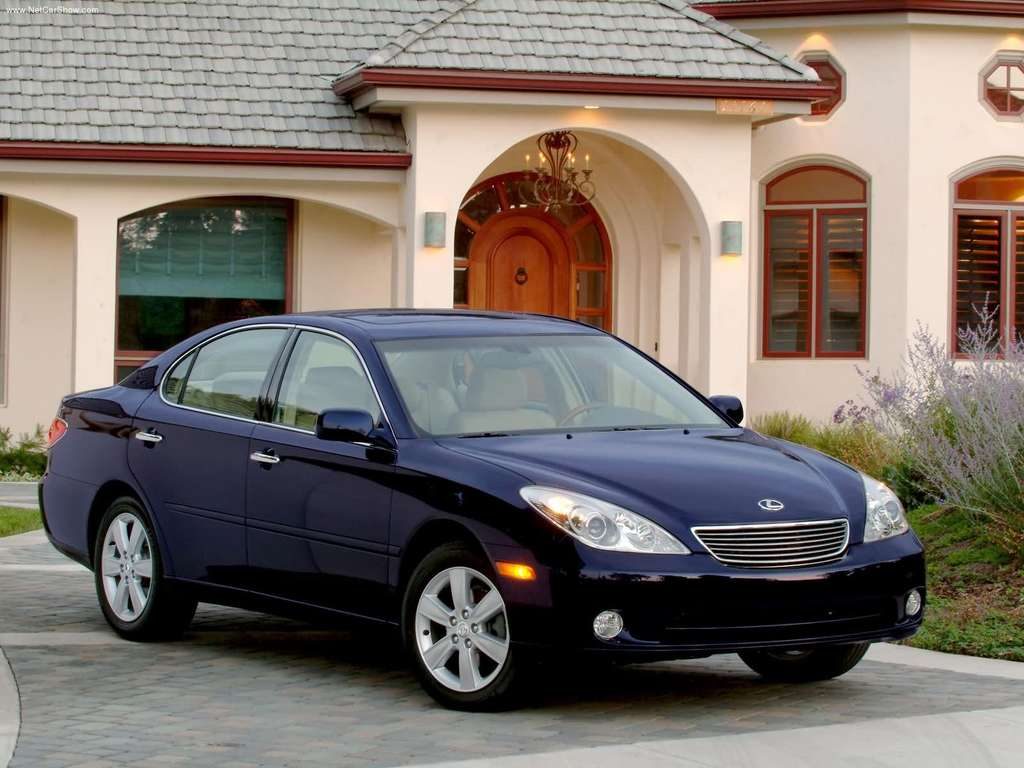
Back home in Nigeria, there was also a surge in demand for these vehicles as well (albeit mostly used), and they still run smoothly as ever on our roads today; there isn’t any evidence to the contrary suggesting that that trend wouldn’t continue well into the future.


Mercedes Benz GLK Class
Prior to Mercedes’ entrant – the GLK Class into the compact luxury crossover SUV segment, no other manufacturer really distinguished themselves in that category as some models either sat in-between compact and mid-size SUVs, or were outrightly “compact” but did not offer luxury. No mistakes were made, the intention was clearly outlined and that reflected profoundly in the segment the GLK 350 managed to enthral. You can easily come across one as they are quite affordable when compared with other models from Mercedes.
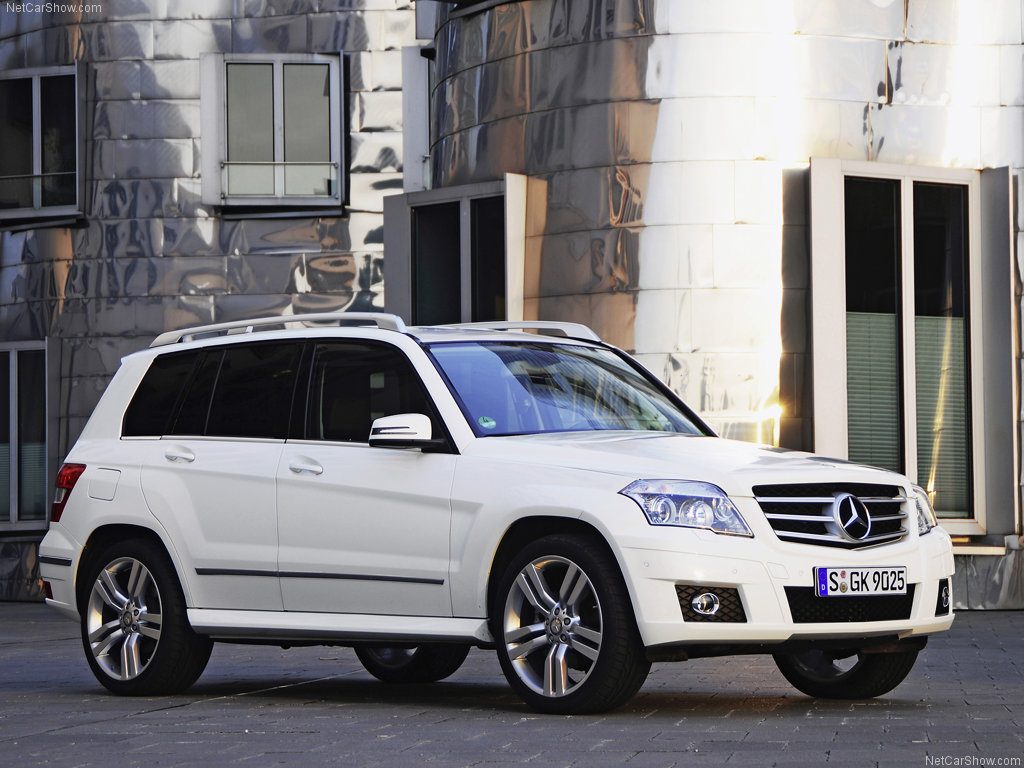
Toyota Hiace and Hilux
Toyota Hiace and Hilux are the go-to for both private and government parastatals, especially in various divisions of our Armed Forces in the case of the latter. And then the Hiace is a preferred choice for inter-state shuttles (alongside the Sienna as mentioned above) for transporters across the nation. Although it is rare to see either vehicle being privately owned, it isn’t uncommon to encounter them during your commute around town or on a long-distance trip. Again, reliability comes up once more as they are Toyota badged vehicles – you really can’t expect anything less. These vehicles will easily do kilometre upon kilometre, year after year, besting various inhibiting factors such as; our difficult terrain, poor fuel quality, and below par maintenance.
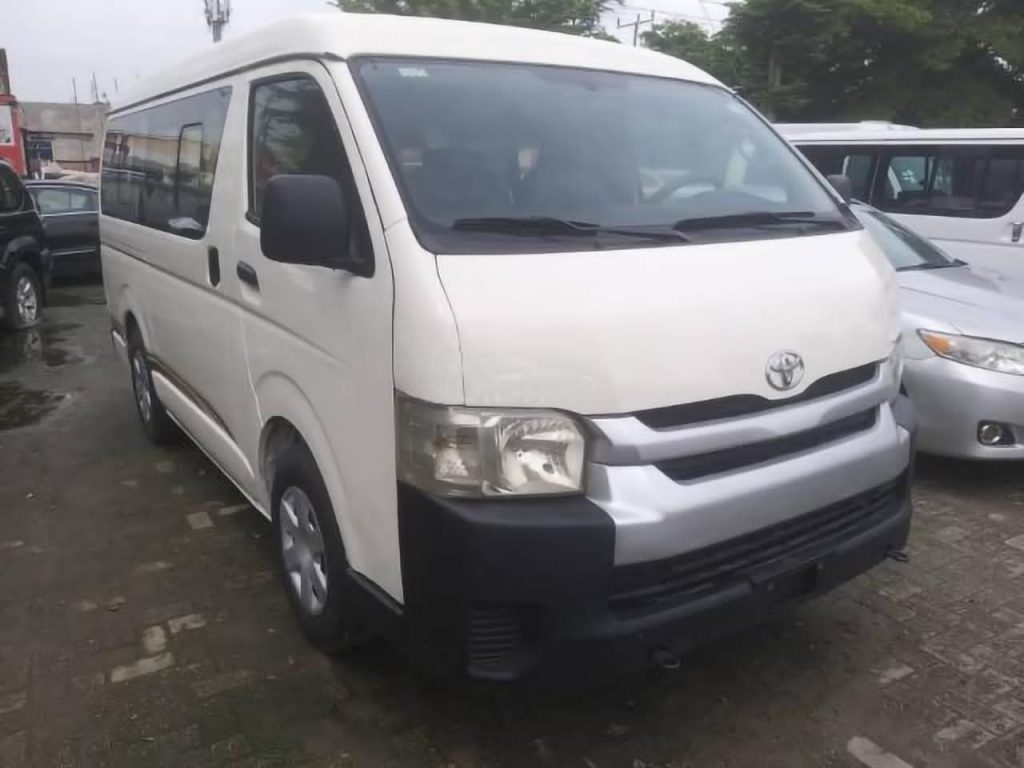

You just can’t help but draw forth deference, ineluctably. And as we say in our local parlance – “Twale for who sabi!”. We just have to give props to Toyota because truly truly, dem sabi nor be small…
Hopefully, this was an enjoyable read for you. Thanks for reading, and see you on the next one.